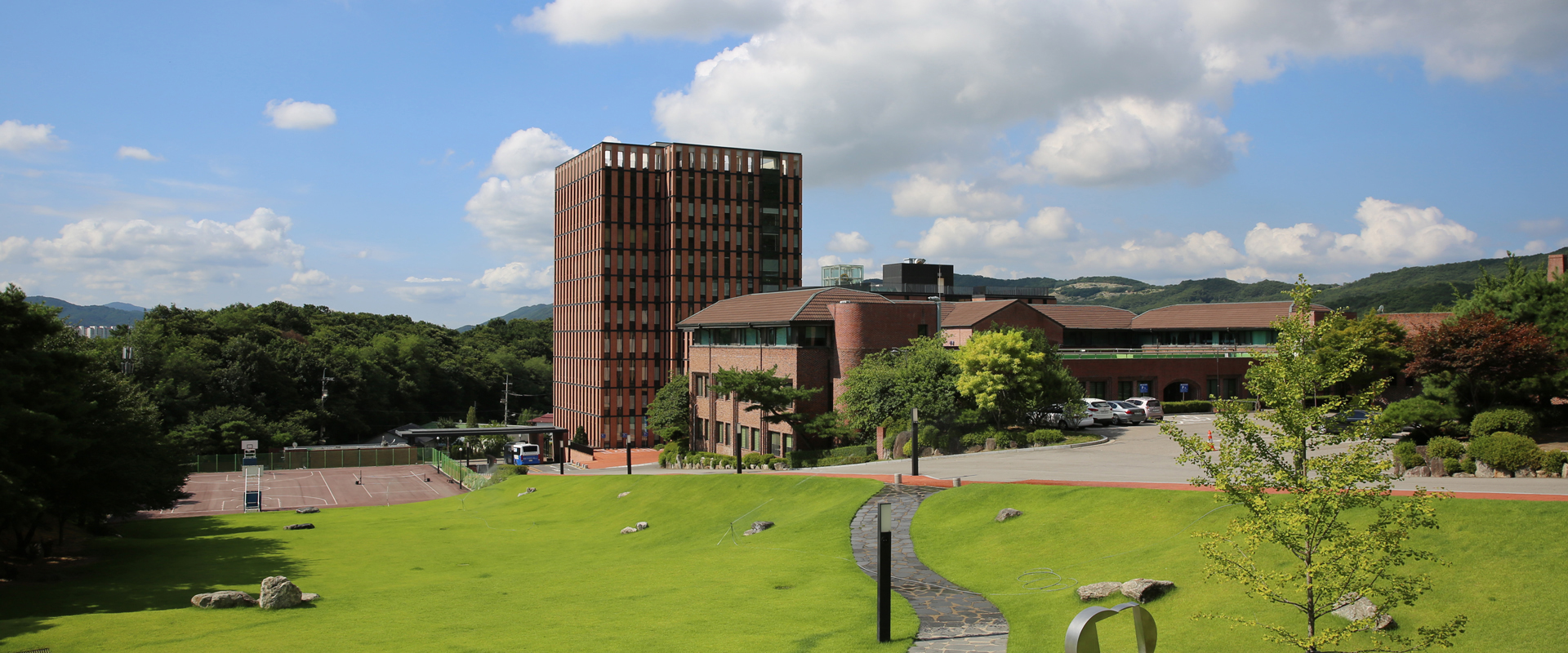Centromedian-Parafascicular Deep Brain Stimulation Induces Differential Functional Inhibition of the Motor, Associative, and Li
Centromedian-Parafascicular Deep Brain Stimulation Induces Differential Functional Inhibition of the Motor, Associative, and Limbic Circuits in Large Animals
Joo Pyung Kim, Hoon-Ki Min, Emily J. Knight, Penelope S. Duffy, Osama A. Abulseoud, Michael P. Marsh, Katherine Kelsey, Charles D. Blaha, Kevin E. Bennet, Mark A. Frye, Kendall H. Lee
Biological Psychiatry, doi:10.1016/j.biopsych.2013.06.024
ABSTRACT
Background
Deep brain stimulation (DBS) of the centromedian-parafascicular (CM-Pf) thalamic nuclei has been considered an option for treating Tourette syndrome. Using a large animal DBS model, this study was designed to explore the network effects of CM-Pf DBS.
Methods
The combination of DBS and functional magnetic resonance imaging is a powerful means of tracing brain circuitry and testing the modulatory effects of electrical stimulation on a neuronal network in vivo. With a within-subjects design, we tested the proportional effects of CM and Pf DBS by manipulating current spread and varying stimulation contacts in healthy pigs (n = 5).
Results
Our results suggests that CM-Pf DBS has an inhibitory modulating effect in areas that have been suggested as contributing to impaired sensory-motor and emotional processing. The results also help to define the differential neural circuitry effects of the CM and Pf with evidence of prominent sensorimotor/associative effects for CM DBS and prominent limbic/associative effects for Pf DBS.
Conclusions
Our results support the notion that stimulation of deep brain structures, such as the CM-Pf, modulates multiple networks with cortical effects. The networks affected by CM-Pf stimulation in this study reinforce the conceptualization of Tourette syndrome as a condition with psychiatric and motor symptoms and of CM-Pf DBS as a potentially effective tool for treating both types of symptoms.
Keywords: Centromedian; deep brain stimulation (DBS); functional magnetic resonance imaging (fMRI); neural circuitry; parafascicular; swine model; Tourette syndrome
- PMID: 23993641
- Fulltext: http://www.sciencedirect.com/science/article/pii/S0006322313006446


